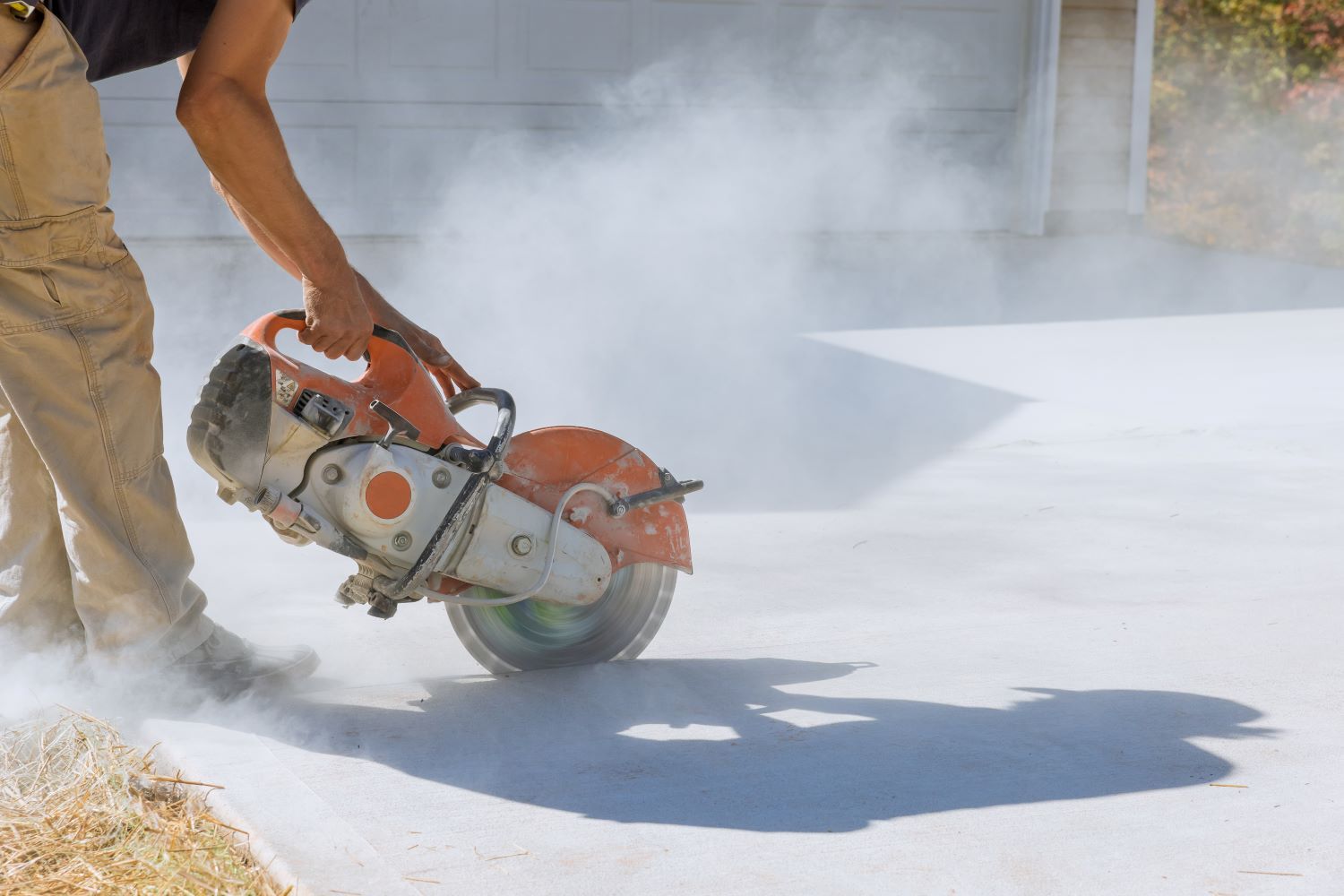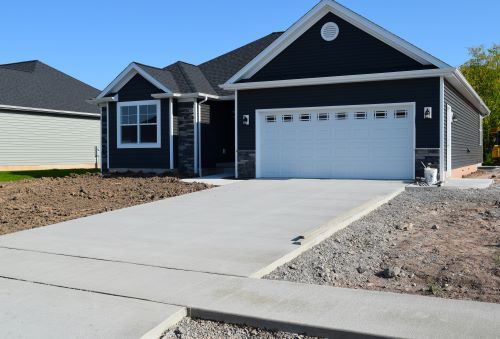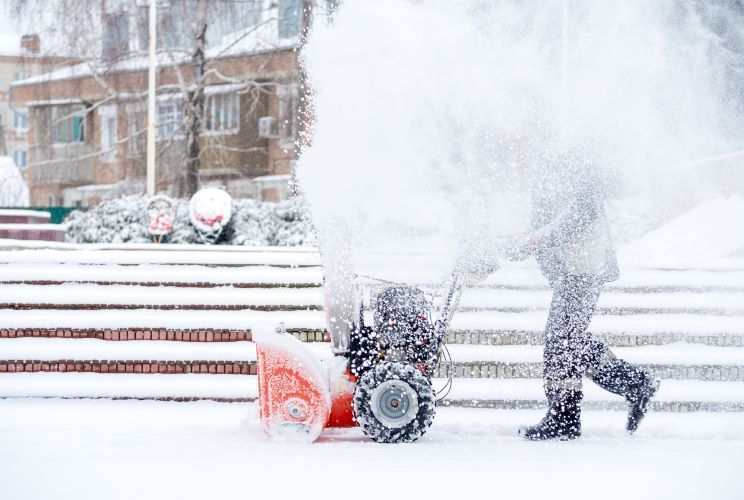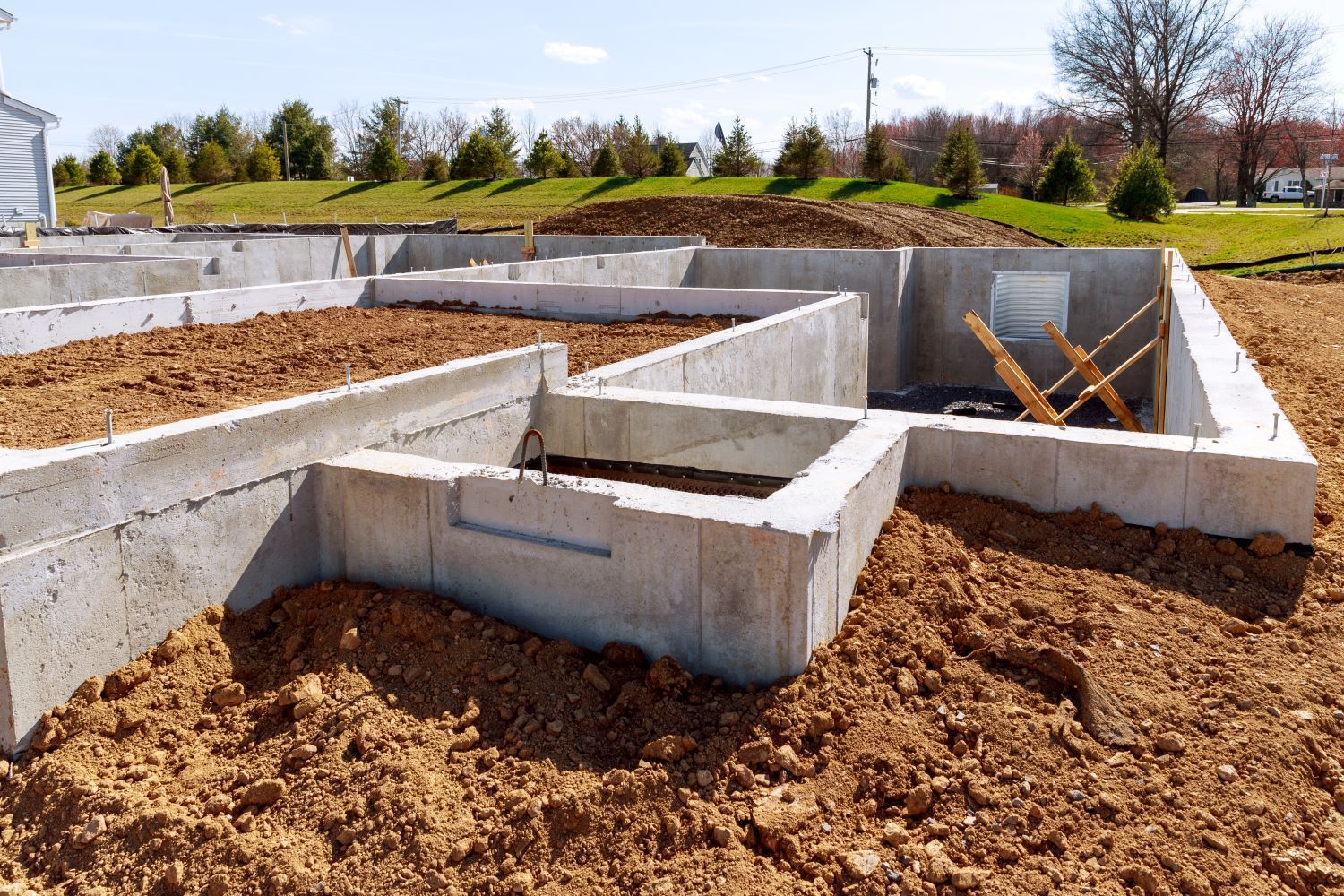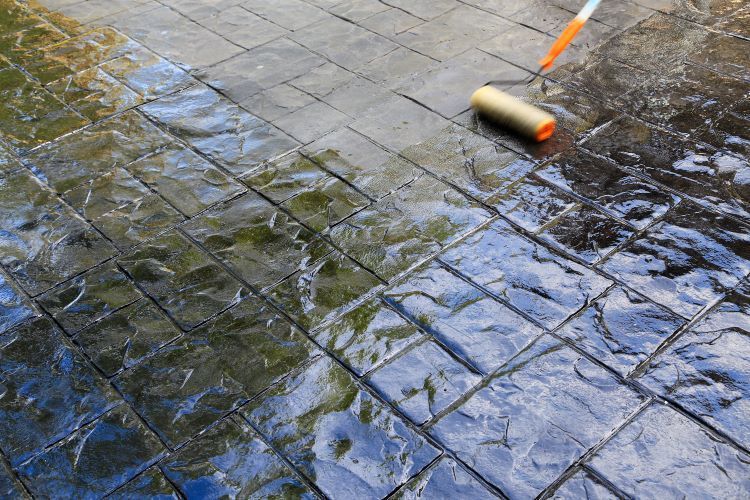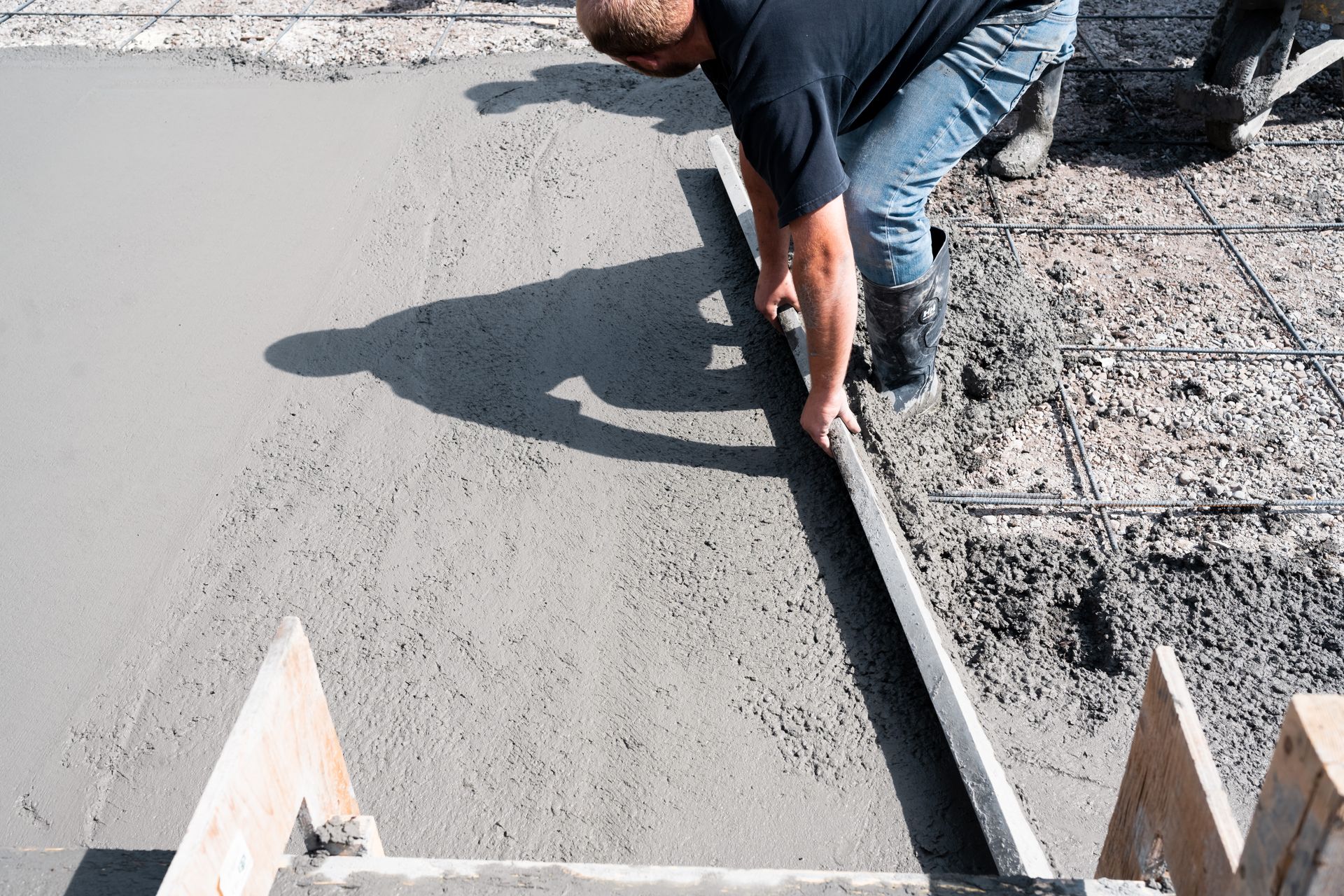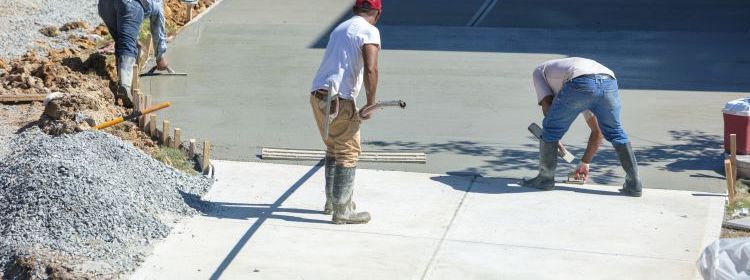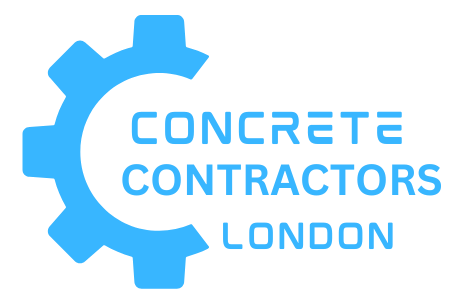How to Remove Old Sealer from Concrete Before Reapplying

Concrete sealing is a crucial step in preserving the durability, appearance, and lifespan of your concrete surfaces. Over time, however, old sealers can become worn out, discolored, or damaged, reducing their protective effectiveness. Before applying a new layer of sealer, it’s essential to remove the old one properly to ensure a smooth, long-lasting finish.
At Concrete Contractors London, we specialize in concrete maintenance and sealing for homeowners and businesses in London, Ontario. In this guide, we'll walk you through the process of removing old sealer from your concrete surfaces before reapplying a fresh coat.
Why Remove Old Concrete Sealer?
Before reapplying a new sealer, it's important to remove the old one for several reasons:
- Improved Adhesion: New sealer adheres better to a clean surface, preventing peeling or flaking.
- Enhanced Appearance: Removing old, discolored sealer restores the concrete's natural look, providing a fresh canvas for the new sealer.
- Better Protection: Properly removing the old layer ensures that the new sealer can fully penetrate and protect the concrete, improving its resistance to water, stains, and wear.
Step-by-Step Guide to Removing Old Concrete Sealer
Removing old concrete sealer can be done using one of three methods: chemical strippers, power washing, or mechanical grinding. The method you choose will depend on the type of sealer, its age, and the condition of your concrete.
1. Assess the Type of Sealer Used
Before you start, determine the type of sealer currently on your concrete. Most sealers fall into two categories:
- Solvent-based sealers: Typically have a glossy finish and require chemical strippers for removal.
- Water-based sealers: Often have a matte finish and may be easier to remove with power washing or scrubbing.
If you're unsure about the type of sealer, test a small, inconspicuous area with a chemical stripper to see how it reacts.
2. Gather the Necessary Supplies
To remove old concrete sealer, you’ll need:
- Chemical concrete sealer stripper (for solvent-based sealers)
- Pressure washer (for water-based sealers)
- Protective gear (gloves, safety goggles, mask)
- Scrub brushes or a floor scrubber
- Plastic scraper or putty knife
- Bucket and water
- Shop vacuum or broom
- Concrete cleaner (optional)
3. Prepare the Area
Before starting the removal process, ensure the area is well-ventilated if working indoors. Protect surrounding plants, furniture, and other surfaces from chemical strippers or debris.
- Clear the area: Remove any furniture, décor, or obstacles from the concrete surface.
- Sweep the surface: Use a broom or shop vacuum to clear away dirt, debris, and loose particles.
4. Apply a Chemical Stripper (for Solvent-Based Sealers)
If you're dealing with a solvent-based sealer, a chemical stripper is your best option for effective removal.
- Choose the right stripper: Look for a commercial-grade, eco-friendly concrete sealer stripper.
- Apply the stripper: Pour or brush the chemical stripper evenly over the concrete surface. Follow the manufacturer's instructions regarding application thickness and wait time.
- Let it sit: Allow the stripper to sit on the surface for the recommended amount of time (usually 15-30 minutes). This will soften the old sealer, making it easier to remove.
- Scrape off the old sealer: Use a plastic scraper or putty knife to lift the softened sealer off the concrete. For large areas, a floor scrubber with abrasive pads can speed up the process.
- Rinse thoroughly: Once all the sealer is removed, rinse the surface with water and a scrub brush. Use a pressure washer for deep cleaning.
5. Power Washing (for Water-Based Sealers)
For water-based sealers, power washing can be an effective and eco-friendly removal method.
- Set up the pressure washer: Use a pressure washer with a PSI of 3,000 or higher. Attach a 25-degree nozzle for the best results.
- Wash the concrete: Hold the wand at a 45-degree angle and spray the concrete in overlapping passes. Focus on stubborn areas that may need extra attention.
- Let it dry: Allow the concrete to dry completely before reapplying the new sealer.
6. Mechanical Grinding (for Tough, Stubborn Sealers)
If chemical strippers and power washing don’t fully remove the old sealer, mechanical grinding may be necessary.
- Use a concrete grinder: A floor grinder with diamond-tipped blades can remove tough sealers and smooth the surface.
- Grind in passes: Move the grinder in even, overlapping passes to avoid gouging the concrete.
- Clean up the dust: After grinding, vacuum or sweep up the concrete dust thoroughly.
7. Clean and Prepare the Surface for Resealing
After removing the old sealer, it’s crucial to prepare the concrete for the new application:
- Wash the concrete: Use a concrete cleaner or mild detergent to remove any remaining residue.
- Neutralize the surface: If you used a chemical stripper, neutralize the surface with a mixture of water and baking soda to prevent any reaction with the new sealer.
- Allow to dry: Let the concrete dry for at least 24-48 hours, depending on weather conditions, before applying a new sealer.
8. Apply the New Concrete Sealer
Now that your concrete is clean and free of the old sealer, it's time to apply a fresh coat.
- Choose the right sealer: Select a sealer that matches your needs, whether it’s for outdoor patios, driveways, or basement floors. Popular options include acrylic sealers, epoxy coatings, and penetrating sealers.
- Apply evenly: Use a roller or sprayer to apply the new sealer in thin, even layers. For best results, follow the manufacturer’s instructions on drying times and reapplication.
- Cure and protect: Allow the sealer to cure for the recommended period before using the surface.
Final Thoughts
Removing old sealer from concrete surfaces is an essential step for achieving a smooth, professional finish when resealing. Whether you're tackling a patio, driveway, or basement floor, following these steps will help ensure that your new sealer adheres properly and provides long-lasting protection.
At Concrete Contractors London, we’re here to help you with all your concrete maintenance and sealing needs in London, Ontario. Contact us today to schedule a consultation and let our experts restore the beauty and durability of your concrete surfaces!
